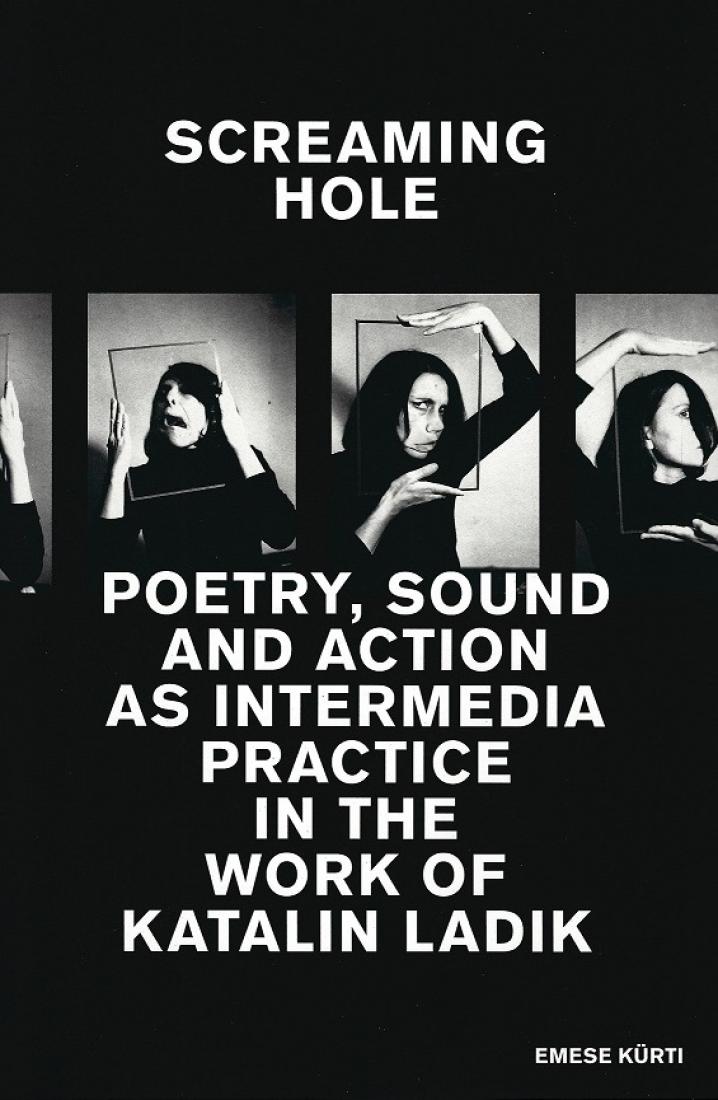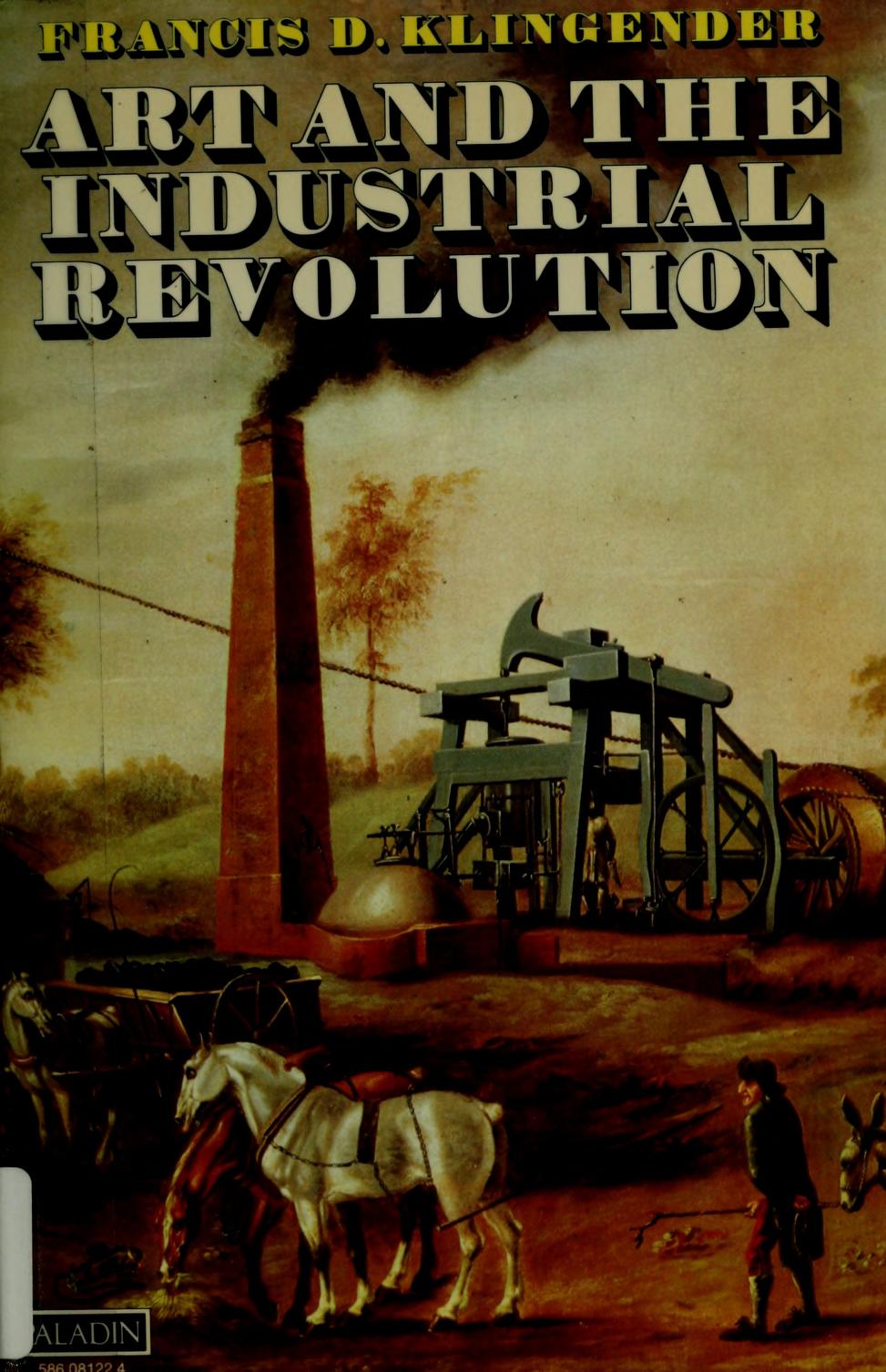Emese Kürti: Screaming Hole: Poetry, Sound and Action as Intermedia Practice in the Work of Katalin Ladik (2017)
Filed under book | Tags: · action art, art criticism, art history, hungary, intermedia, neo-avant-garde, performance art, poetry, serbia, sound art, yugoslavia

“This book focuses on the experimental practice of Katalin Ladik, a poet, performer and actress born in the former Yugoslavia. Her career as a poet writing in Hungarian language began in the intellectual circles of the neo-avant-garde journal Új Symposion (New Symposium) in Novi Sad, but the subversiveness of her feminine practice gave her a distinctive position in the whole Yugoslav neo-avant-garde scene as early as the late 1960s. At the same time, linearity was also being replaced in Ladik’s poetic works by an extended notion of poetry, as she realised her actionism in a complex and mutual intermedial relationship between poetry, sound and visuality. Her performances attracted lively attention not only on account of an interpretation of poetry and sound that was radically new both in Yugoslavia and abroad at the time; her use of the eroticized body also seemed to lack any predecessors in the local avant-garde of the day. Katalin Ladik, who synthesized the traditions of Balkan folk music and Hungarian folklore, could work supraethnically, as it were, in this multiethnic Yugoslav context, using the references of multiple cultures, which suited with persistently international spirit of the avant-garde.”
Translated by Katalin Orbán
Publisher acb ResearchLab, Budapest, 2017
ISBN 9789631283617, 9631283615
247 pages
via Author
PDF (36 MB)
Comment (0)Francis D. Klingender: Art and the Industrial Revolution (1947–) [EN, IT, ES]
Filed under book | Tags: · 1800s, aesthetics, art history, history of literature, history of technology, industrial revolution, industry, labour, marxism, poetry, technology

A classic of Marxist art history.
“Drawing on his unique command of the contemporary visual and literary record, Francis Klingender analyzes and documents the inter-reaction between the sociological, scientific and cultural changes that moulded the 19th century. His subjects range from the development of the railways to the poetry of Erasmus Darwin, from the construction of bridges and aqueducts to the aesthetic concepts of the Sublime and the Pictoresque, from the Luddite riots and the English ‘navvy’ to those artists most profoundly affected by the climate of the Industrial Revolution, among them John Martin, Joseph Wright of Derby, J.C. Bourne, and J.M.W. Turner.” (from back cover)
Publisher N. Carrington, London, 1947
Edited and revised by Arthur Elton
Revised and expanded edition by Adams & Dart, 1968
Publisher Paladin, St Albans, 1972
ISBN 0586081224, 9780586081228
xv+272 pages
Review: Fred H. Andrews (J Royal Society of Arts, 1949).
Art and the Industrial Revolution (English, 1947/1968, 60 MB, no OCR)
Arte e rivoluzione industriale (Italian, trans. Elena Einaudi, 1972)
Arte y revolución industrial (Spanish, trans. Pilar Salso, 1983)
Aleksandar Bošković: Photopoetry and the Bioscopic Book: Russian and Czech Avant-Garde Experiments of the 1920s (2013)
Filed under thesis | Tags: · art, art history, avant-garde, book, constructivism, montage, photomontage, poetry, technology, typography, visual poetry

The extraordinary junction between poetry, photography and photomontage — photopoetry — flourished in avant-garde books and journals throughout Europe in the 1920s and 1930s. The new genre aspired to appropriate the products of technological culture in creating poetry more alert to the mass sensibility of a rapidly changing mechanical age. As a new hybrid form that combines poetic text and photographic images, it was ripe for poetic experimentation and production of optical provocations.
This dissertation focuses on three avant-garde photo-poetry books — Mayakovsky and Rodchenko’s About This (1923), Nezval and Teige’s Alphabet (1926), and Mayakovsky and Rozhkov’s unpublished and little known To the Workers of Kursk (1924-7) — examining them from the angle of the bioscopic book, a concept envisaged in a programmatic manner by El Lissitzky in 1923. (from the Abstract)
Dissertation
Slavic Languages and Literatures, University of Michigan, 2013
309 pages
PDF, PDF (9 MB, updated on 2020-7-23)
See also Mayakovsky and Rozhkov’s book in PDF (3 MB, via vk.com). Commentary: Bošković (2017).
Comment (0)
